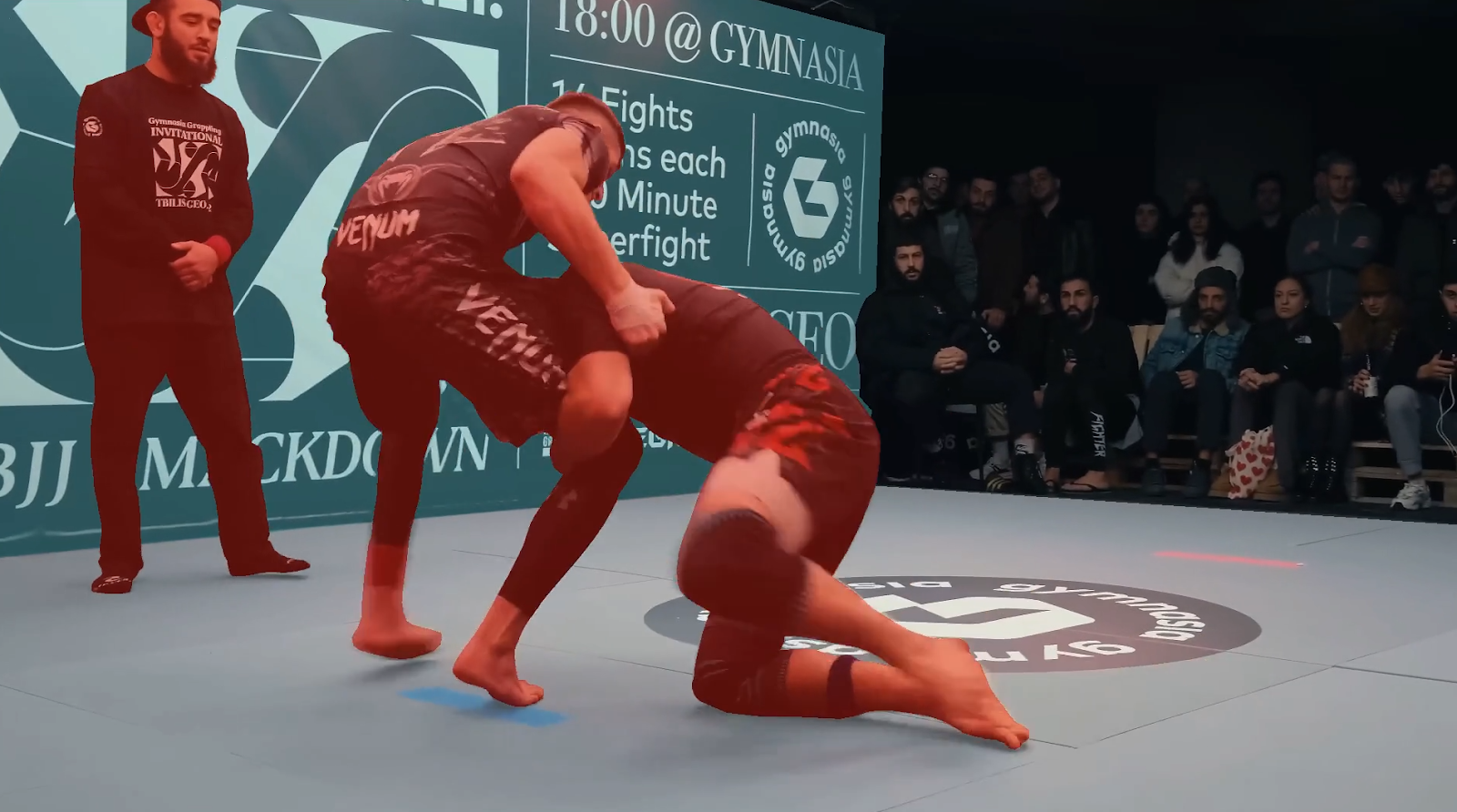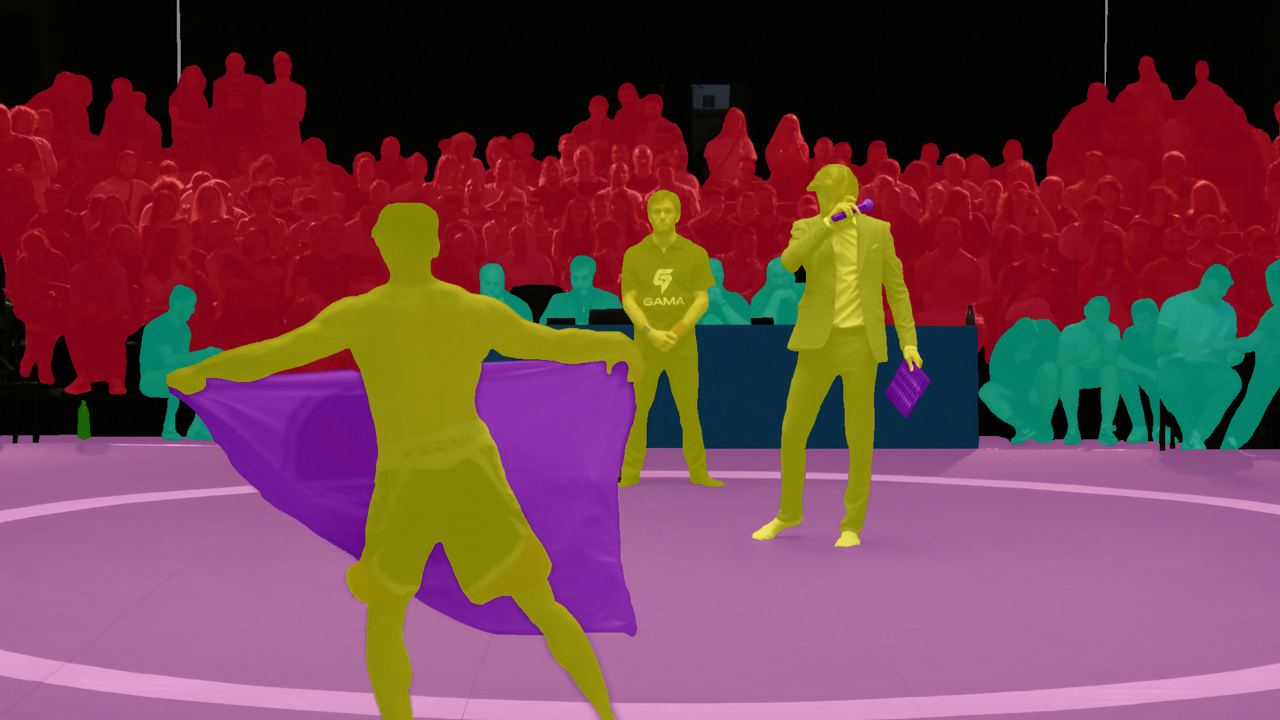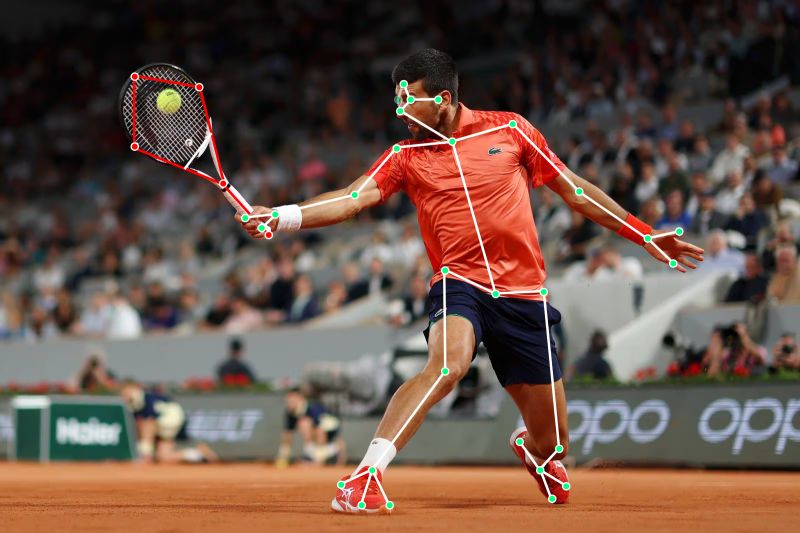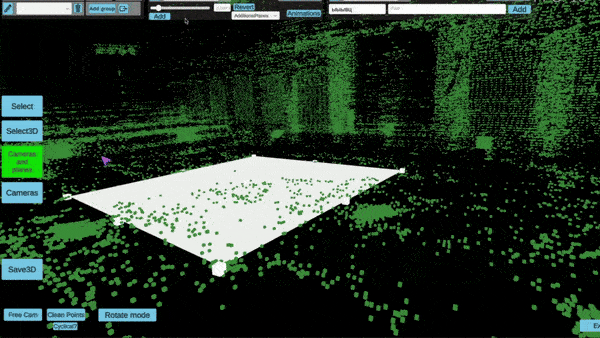Introduction
Imagine watching a soccer match where an AI-powered system instantly calls offside, or a basketball game where every player's movement is tracked in real-time to analyze strategy. This isn’t the future—it’s happening now! Computer vision, a branch of AI that enables machines to "see" and analyze visual data, is transforming the sports industry in ways we never thought possible.
From improving officiating accuracy to enhancing fan experiences and optimizing player performance, computer vision is making sports more data-driven, immersive, and fair. But how exactly does it work, and why does it matter?
Let’s dive into the world of AI-powered sports and explore the game-changing impact of computer vision.
What is Computer Vision?
Computer vision is a branch of artificial intelligence (AI) that enables machines to interpret and analyze visual data, just like humans do—but at superhuman speed and accuracy. It allows cameras, sensors, and AI algorithms to detect, track, and interpret movements, objects, and patterns in real-time.
How Does Computer Vision Work?
At its core, computer vision relies on machine learning, deep learning, and neural networks to recognize patterns within images and videos. The process involves:
- Image Recognition: Identifying objects, players, and key elements in a scene.
- Motion Tracking: Following the movement of players, referees, or even the ball.
- Data Processing: Converting visual information into analytics for decision-making.

How Computer Vision Works in Sports
Computer vision uses advanced machine learning algorithms and high-speed cameras to process and analyze visual data. Whether it’s tracking a ball’s trajectory, assessing an athlete’s biomechanics, or detecting fouls in real time, this technology is revolutionizing how sports are played, watched, and managed.
Key Technologies Behind Computer Vision in Sports:
- Object Tracking – AI follows players, referees, and equipment with pinpoint accuracy.
- Pose Estimation – Identifies joint movements to analyze technique and reduce injury risks.
- Action Recognition – Detects fouls, game tactics, and even player fatigue based on movement patterns.
- Augmented Reality (AR) Integration – Enhances broadcasts with real-time overlays, like virtual ads or tactical insights.

Applications of Computer Vision in Sports
1. AI-Powered Officiating
Bad refereeing decisions can change the outcome of a game, sparking outrage among fans. With AI-driven officiating, human error is significantly reduced.
Example: FIFA’s semi-automated offside technology tracks 29 data points per player to make real-time decisions, eliminating missed calls and delays.
In Tennis: The Hawk-Eye system is now standard in major tournaments, using AI to determine whether a ball is in or out with millimeter accuracy.
2. Player Performance Analysis
Gone are the days when coaches relied only on gut feelings. AI-powered tracking systems provide real-time data to analyze movement, stamina, and decision-making.
Example: The NBA uses AI to track every play, giving teams data-driven insights for better strategies and player development.
In Soccer: Wearable sensors combined with AI assess a player’s sprint speed, acceleration, and fatigue, helping coaches prevent injuries and optimize training regimens.

3. Smart Stadiums & Immersive Fan Experiences
Sports venues are going high-tech, using AI to enhance live experiences.
Example: AI-powered cameras provide 360-degree replays and personalized views of the action. The NBA’s “virtual crowd” feature lets fans feel like they’re courtside—no matter where they are in the world.
Interactive Features: AR overlays let fans see real-time stats and player biometrics right from their smartphones while watching the game.
4. Virtual Advertising
Gone are the days of static stadium banners. With virtual advertising, brands can target different audiences based on their location and viewing habits.
Example: In global soccer broadcasts, AI dynamically replaces billboards with region-specific ads—viewers in Europe might see a car ad, while those in the U.S. see a beverage brand.
In Combat Sports: Companies like PTF Lab are pioneering virtual advertising solutions, enabling sponsor logos to be seamlessly inserted into fight cages and rings, generating new revenue streams.
Multi-Regional Advertising: AI-powered virtual advertising allows sports leagues and broadcasters to display different ads for different viewers. For example, an MMA event in the UAE can broadcast alcohol-free sponsorships locally while simultaneously displaying alcohol ads in regions where it's permitted. This technology ensures regulatory compliance while maximizing sponsorship revenue.
Personalized Advertising: With advancements in AI, future implementations of virtual advertising could adapt to individual viewers based on their demographics, interests, or even browsing history. This means a viewer watching a soccer game in Germany might see a different brand of sportswear advertised compared to a viewer in Japan.

5. Injury Prevention & Biomechanics
AI helps teams prevent injuries before they happen by analyzing an athlete’s movements and detecting early signs of fatigue or stress.
Example: The Australian Open uses AI to track tennis players’ biomechanics, helping identify potential injury risks before they escalate.
In Football: The NFL employs AI to analyze the risk of concussions and optimize helmet safety designs.
The Future of Computer Vision in Sports
The impact of AI in sports is only beginning. As technology advances, expect even more groundbreaking developments:
- Fully Automated Referees – AI might take over officiating completely in the future.
- AI-Powered Fan Experiences – Personalized content tailored to each viewer’s preferences.
- Enhanced Esports Integration – Computer vision could revolutionize gaming competitions, making them as data-rich as traditional sports.
- Advanced Virtual Advertising – AI will allow virtual sponsorships to become even more dynamic, tailoring brand placements to each viewer’s preferences, creating a hyper-personalized ad experience.
One thing is clear: computer vision is not just enhancing sports—it’s redefining them.
Conclusion
AI and computer vision are pushing the boundaries of sports innovation, making games more accurate, engaging, and data-driven. From instant replay analysis to smart stadiums and personalized fan experiences, this technology is here to stay.
